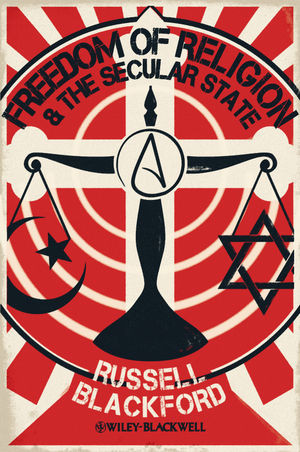

Most ebook files are in PDF format, so you can easily read them using various software such as Foxit Reader or directly on the Google Chrome browser.
Some ebook files are released by publishers in other formats such as .awz, .mobi, .epub, .fb2, etc. You may need to install specific software to read these formats on mobile/PC, such as Calibre.
Please read the tutorial at this link: https://ebookbell.com/faq
We offer FREE conversion to the popular formats you request; however, this may take some time. Therefore, right after payment, please email us, and we will try to provide the service as quickly as possible.
For some exceptional file formats or broken links (if any), please refrain from opening any disputes. Instead, email us first, and we will try to assist within a maximum of 6 hours.
EbookBell Team

4.3
38 reviewsFocusing on the intersection of religion, law, and politics in contemporary liberal democracies, Blackford considers the concept of the secular state, revising and updating enlightenment views for the present day. Freedom of Religion and the Secular State offers a comprehensive analysis, with a global focus, of the subject of religious freedom from a legal as well as historical and philosophical viewpoint. It makes an original contribution to current debates about freedom of religion, and addresses a whole range of hot-button issues that involve the relationship between religion and the state, including the teaching of evolution in schools, what to do about the burqa, and so on.Content:
Chapter One Motivation and Overview (pages 1–19):
Chapter Two A Short History of Religious Intolerance (pages 20–33):
Chapter Three Hobbes, Locke, and their Legacy: Models of the Modern State (pages 34–55):
Chapter Four Religious Impositions and Endorsements (pages 56–66):
Chapter Five Religion?Based Morality and the Secular State (pages 67–93):
Chapter Six Persecution, Accommodation, and Conscientious Objection (pages 94–117):
Chapter Seven Private Power, Religious Communities, and the State (pages 118–140):
Chapter Eight Religious Freedom and the Interests of Children (pages 141–168):
Chapter Nine Religious Freedom and Freedom of Speech (pages 169–197):
Chapter Ten Back to Locke: Concluding Remarks (pages 198–201):